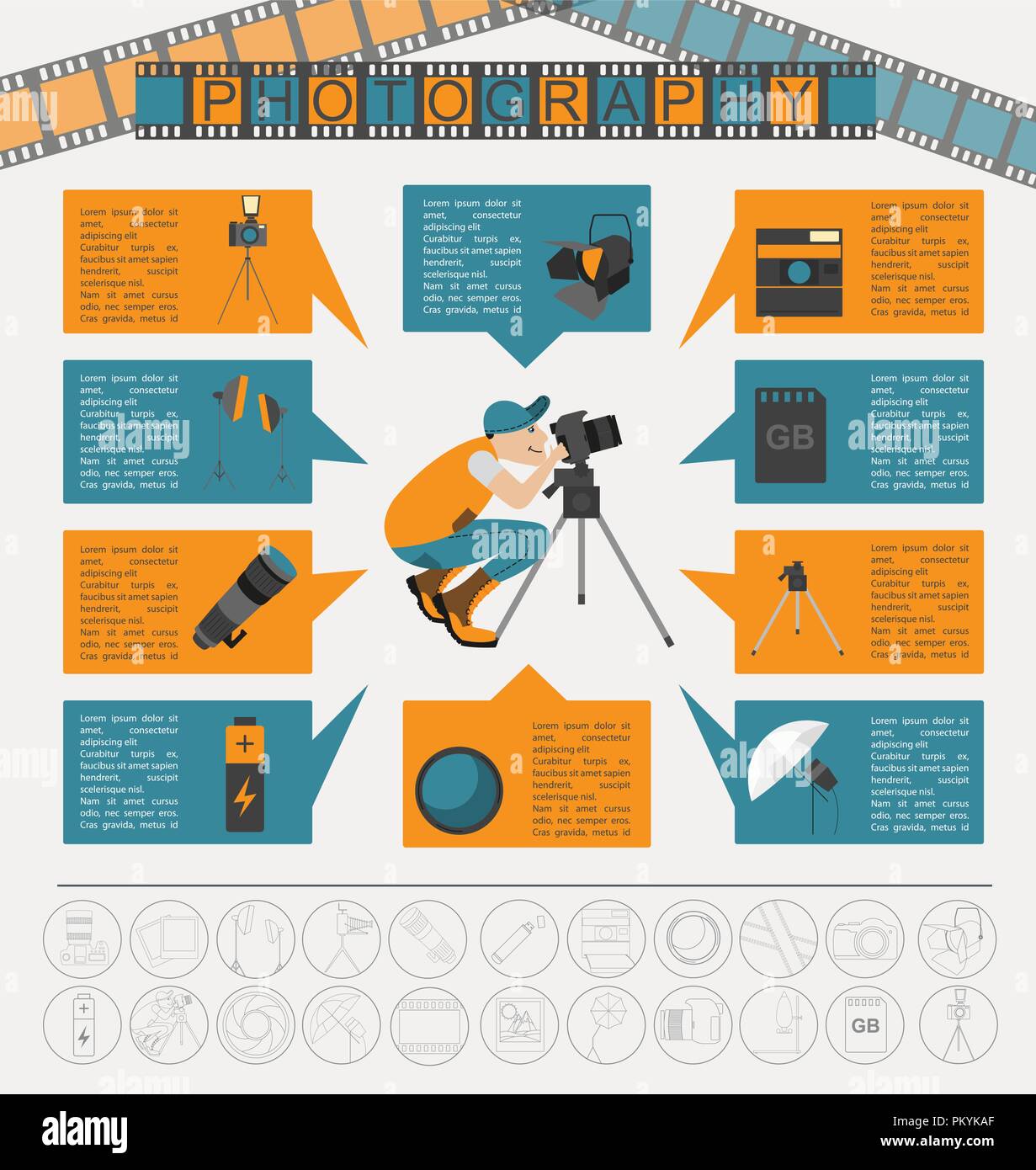Transform Your Digital Photography By Understanding Illumination Strategies That Can Boost Your Pictures-- Discover The Usual Mistakes That Could Be Holding You Back
Transform Your Digital Photography By Understanding Illumination Strategies That Can Boost Your Pictures-- Discover The Usual Mistakes That Could Be Holding You Back
Blog Article
Composed By-Boone Riddle
As a digital photographer, you know that illumination can make or break your images. Comprehending the nuances of both natural and fabricated light is essential for catching the mood and clearness you aim for in your work. Whether you're chasing after the perfect golden hour radiance or tweak your fabricated configurations, mastering these elements can boost your digital photography dramatically. But there prevail challenges that lots of forget, and identifying them can change your approach to every shoot. Allow's discover what you may be missing and exactly how it can influence your outcomes.
Recognizing Natural Light
Comprehending all-natural light is crucial for any kind of digital photographer wanting to enhance their job. mouse click the following webpage 's the structure of great digital photography, affecting state of mind, tone, and quality. When you fire outdoors, pay attention to the time of day. The gold hour-- quickly after daybreak and before sundown-- uses soft, cozy light that can transform normal scenes right into magnificent photos.
Don't underestimate the power of cloudy days. Cloud cover diffuses sunlight, producing a soft, even light that's ideal for pictures and macro digital photography. You'll locate colors appear this kind of illumination without extreme shadows.
Positioning matters, too. Always consider your subject's alignment to the light. If the sun's behind your subject, you might end up with a silhouette, which can be dramatic yet mightn't be what you want. On the other hand, straight sunshine can create uncomplimentary shadows.
Try out angles; sometimes, transforming your perspective can yield remarkable outcomes. Use all-natural reflectors, like water or sand, to jump light onto your topic, adding dimension.
Mastering Artificial Light
Mastering fabricated light is necessary for photographers that intend to take their skills to the following level. Whether you're making use of speedlights, studio strobes, or continuous lights, understanding just how to control these resources can substantially enhance your images.
Begin by Writer headshots on your own with the essentials of light top quality, direction, and color temperature level. Try out http://carrol593janna.xtgem.com/__xt_blog/__xtblog_entry/__xtblog_entry/37562873-innovative-ways-to-market-your-digital-photography-solutions?__xtblog_block_id=1#xt_blog like softboxes, umbrellas, or grids to manage the gentleness or violence of the light.
You'll find that soft light typically produces lovely outcomes, while harsher light can add dramatization and depth. Do not shy away from darkness; they can improve the three-dimensionality of your topics.
Pay attention to the placement of your lights. A light positioned too near to your subject can develop unflattering results, while also far can lead to an absence of information. Make use of a light meter or your camera's pie chart to ensure you're revealing appropriately.
Finally, remember that synthetic light can be mixed with ambient light for innovative results. Stabilizing these resources could take practice, once you understand it, your digital photography will truly radiate.
Techniques for Different Situations
When you enter various shooting circumstances, adjusting your illumination techniques is vital for recording the most effective photos. For exterior portraits, make use of the gold hour-- early morning or late afternoon light-- to soften shadows and enhance complexion.
If it's a severe lunchtime sunlight, take into consideration utilizing a reflector to jump light back onto your subject or seek shaded locations for a much more also direct exposure.
In low-light scenarios, like indoor events, enhance your ISO and use a wide aperture to let in even more light. A tripod can aid remove camera shake, allowing for longer exposures without obscuring.
If you're contending evening, explore off-camera flash to produce dynamic lights and depth in your images.
For item digital photography, utilize diffused lights to avoid harsh reflections. Softboxes or light tents can aid accomplish this impact.
When photographing landscapes, consider the direction of light and time of day, as it can substantially transform the mood of your shot.
Constantly be ready to readjust your setups and positioning based on the circumstance, as adaptability is key to grasping lights in photography.
Conclusion
Finally, mastering lights is crucial to elevating your photography skills. Embrace natural light's elegance during golden hour, and don't avoid explore artificial light methods. By adjusting your method to different circumstances, you'll record stunning photos that reverberate with feeling and clarity. Remember, the ideal lighting can change a regular shot into something amazing, so keep exercising and improving your understanding of both all-natural and man-made light. Happy shooting!
